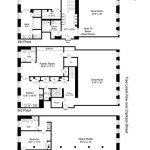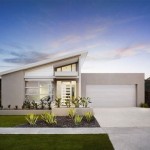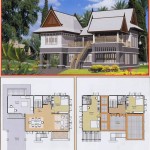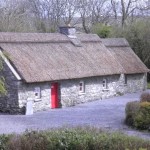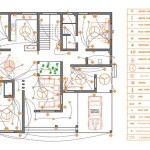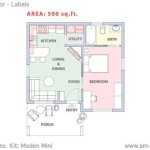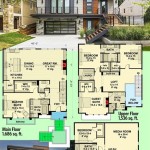Funky Fish House Plans: Designing Unique Aquatic Habitats
The construction of a fish house, also known as an aquarium or fish tank, involves careful planning to ensure a healthy and stimulating environment for aquatic inhabitants. Moving beyond standard rectangular tanks, "funky fish house plans" encompass innovative designs that prioritize aesthetics, functionality, and the well-being of the fish. Such plans often incorporate unconventional shapes, integrated features, and creative landscaping to establish a visually appealing and biologically sound ecosystem.
The design process for a funky fish house requires a comprehensive understanding of aquatic life support systems, material selection, and spatial considerations. It also necessitates a clear vision for the desired aesthetic, balancing artistic expression with the practical needs of the fish and plants residing within the enclosure. Adhering to fundamental principles of aquarium design while embracing creative possibilities is crucial for success.
Key Elements of Funky Fish House Plans
Several key elements require careful consideration when developing funky fish house plans. These elements form the foundation upon which the design is built and directly impact the tank's functionality and aesthetic appeal.
Shape and Structure: Traditional aquariums primarily employ rectangular or cylindrical shapes. Funky fish house plans, however, explore a wider range of geometries. Asymmetrical designs, multi-level structures, and organically-shaped tanks can create visually dynamic environments. These unconventional forms pose unique challenges related to structural integrity and water circulation. Adequate reinforcement, particularly for large volumes of water, is paramount. The choice of materials for the tank construction significantly influences the design's feasibility. Glass, acrylic, and specialized concrete are among the possible options, each offering distinct advantages and limitations concerning weight, transparency, and moldability.
Filtration and Life Support: Regardless of the design's complexity, a robust filtration system is essential for maintaining water quality. Funky fish house plans should seamlessly integrate filtration components without compromising the aesthetic appeal. Internal filters can be concealed within rock formations or behind decorative elements. External canister filters offer greater flexibility for placement and require careful planning for plumbing connections. Adequate water circulation is crucial for distributing nutrients and oxygen throughout the tank. Powerheads or strategically placed filter outlets should be included to eliminate dead spots and enhance water movement. Heating and cooling systems must also be considered, particularly for species requiring specific temperature ranges. Submersible heaters or inline heaters can be integrated into the filtration system.
Landscaping and Decoration: The landscaping of a funky fish house is a critical element in creating a realistic and engaging environment. Natural elements, such as rocks, driftwood, and live plants, contribute to the tank's aesthetic appeal and provide shelter and hiding places for the fish. The selection of landscaping materials should be based on the species being housed and the desired biotope. Rocks should be inert and non-toxic, and driftwood should be properly cured to prevent tannins from leaching into the water. Live plants not only enhance the visual appeal but also contribute to water quality by absorbing nitrates and releasing oxygen. The arrangement of landscaping elements should create a sense of depth and perspective, encouraging natural fish behavior.
Considerations for Material Selection
The selection of appropriate materials is paramount for the structural integrity, safety, and aesthetic appeal of a fish house. Different materials offer varying levels of transparency, strength, durability, and compatibility with the aquatic environment. Therefore, the choice of material should be carefully considered in relation to the design specifications and the intended inhabitants of the tank.
Glass: Glass is a widely used material for aquarium construction due to its excellent transparency and relatively low cost. However, standard glass is prone to shattering and is not suitable for large or irregularly shaped tanks. Tempered glass is significantly stronger and more resistant to breakage but cannot be cut or drilled after the tempering process. Low-iron glass, also known as starphire glass, offers enhanced clarity and reduces the greenish tint associated with standard glass, making it a popular choice for high-end aquariums. The thickness of the glass must be carefully calculated based on the tank's dimensions and water volume to ensure structural integrity.
Acrylic: Acrylic is a lightweight and durable alternative to glass. It is significantly stronger than glass and is less prone to shattering. Acrylic can be easily cut, drilled, and shaped, making it ideal for creating complex and unconventional tank designs. However, acrylic is more susceptible to scratching than glass and requires careful handling. It is also more expensive than glass. Acrylic aquariums often require specialized cleaning products and techniques to maintain their clarity. The ability to form complex shapes makes acrylic a suitable choice for integrated features such as caves, tunnels, and viewing bubbles.
Concrete: Specialized concrete mixes can be used to create large, custom-built fish houses, particularly for public aquariums and specialized installations. Concrete offers excellent structural strength and can be molded into virtually any shape. However, concrete is porous and requires a sealant to prevent water leakage and prevent harmful substances from leaching into the water. Epoxy coatings are commonly used to seal concrete aquariums. The weight of concrete tanks can be substantial, requiring careful consideration of the supporting structure. Concrete aquariums can be integrated into existing architectural features and can create a natural and immersive environment.
Integrating Functionality and Aesthetics
Funky fish house plans strive to seamlessly integrate functionality and aesthetics, creating a visually appealing and biologically sound environment. This requires careful consideration of the placement of equipment, the selection of decorative elements, and the overall design concept.
Hiding Equipment: Visible equipment can detract from the aesthetic appeal of a fish house. Funky fish house plans should incorporate strategies for concealing filtration systems, heaters, and other equipment. Internal filters can be hidden behind rock formations or within decorative structures. External canister filters can be housed in a cabinet or stand beneath the tank. Plumbing can be routed through the tank's structure to minimize its visibility. Power cords can be concealed using cable management systems. The goal is to create a visually seamless environment where the equipment is functional but not distracting.
Creating Depth and Perspective: The arrangement of landscaping elements can create a sense of depth and perspective, making the tank appear larger and more engaging. Strategic placement of rocks, driftwood, and plants can create focal points and draw the viewer's eye into the scene. Using different sizes and textures of materials can add visual interest. Foreground plants can be used to create a lush and inviting base, while taller plants can be placed in the background to create a sense of distance. The positioning of rocks and driftwood can create caves and crevices, providing shelter and hiding places for the fish and adding to the overall sense of realism.
Lighting Design: Lighting plays a crucial role in both the aesthetic appeal and the biological health of a fish house. Proper lighting can enhance the colors of the fish and plants and promote photosynthesis. Different types of lighting, such as LED, fluorescent, and metal halide, offer varying levels of intensity and spectrum. LED lighting is becoming increasingly popular due to its energy efficiency and customizable color spectrum. The lighting should be designed to mimic the natural light conditions of the species being housed. A timer should be used to regulate the lighting cycle, providing a consistent day-night pattern. The placement of lighting fixtures can also affect the overall aesthetic, creating highlights and shadows that enhance the visual appeal of the tank.
Ultimately, successful funky fish house plans represent a harmonious blend of artistic vision and scientific understanding. By carefully considering the needs of the aquatic inhabitants, the structural requirements of the tank, and the desired aesthetic, it's possible to create unique and captivating aquatic environments that enhance any space.

Funky Fish House The Houses Keep Getting Bigger Upgrades

The Man Behind Funky Fish Houses Fort Myers Florida Weekly

Cape C Florida Funky Fish House 1 540 000 Full Walkthrough Harbour
Funky Fish Houses Exclusive Builder

Whimsical Funky Fish Houses Rising Up On The Waterfront In Cape Harbour

Funky Fish Houses Cape Harbour 5828 Dr C Fl 33914 Pfeifer Realty Group

Luxury On The Ice Hot Trends For Cool Fish Houses

Awesome S Incredible 2 In 1 Fish Tank Dog House Design Intuition Cool Houses Tanks
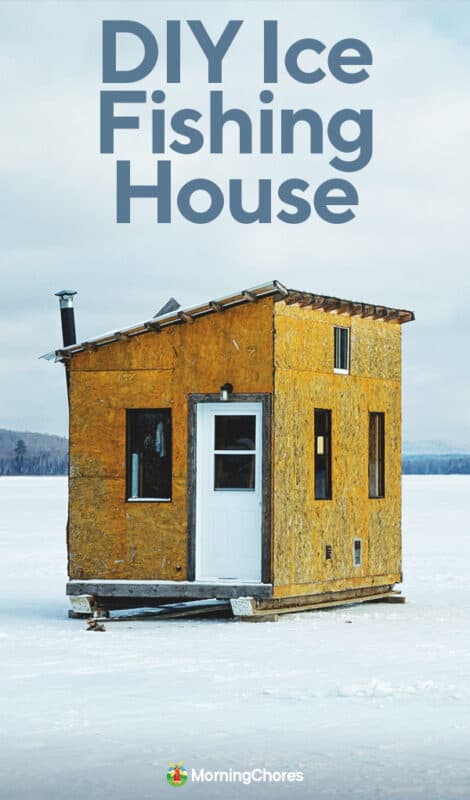
How To Build An Ice Fishing House On A Budget

Funky Fish Houses Exclusive Builder

